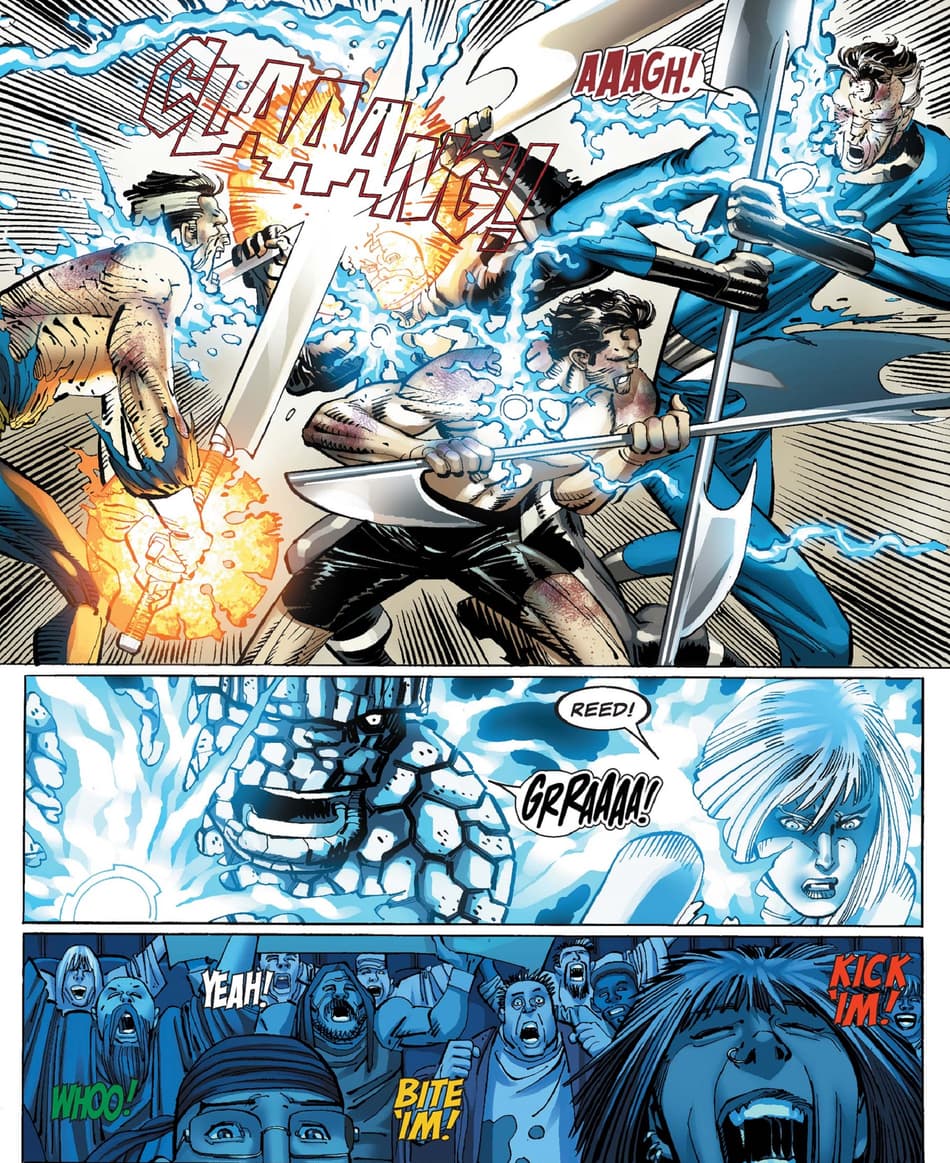The Ultimate Guide to Understanding How to Become a Freemason Quickly
Wiki Article
Discover the Secrets Behind the copyright and Their Influence on Culture
The copyright, frequently shrouded in myth and conjecture, provides an interesting situation research study of just how historic ideals can morph into contemporary conspiracy theories. As we explore its beginnings, influence on innovative thought, and portrayal in contemporary society, we begin to uncover the layers of intrigue that continue to mesmerize culture.Origins of the copyright
The copyright, usually shrouded in secret and supposition, traces its beginnings back to the late 18th century. Developed in 1776 in Ingolstadt, Bavaria, the team was founded by Adam Weishaupt, a teacher of canon law. Weishaupt aimed to advertise Enlightenment values, consisting of factor, secularism, and the separation of church and state. Initially called the Bavarian copyright, the company's main objective was to respond to the current impact of religious conviction and advertise intellectual discourse amongst its members.The copyright embraced a hierarchical structure, drawing motivation from Freemasonry, which enabled deceptive meetings and routines - how to become a freemason. Membership was discerning, including influential numbers from various areas, consisting of national politics, philosophy, and scientific research. This elite network sought to impact social and political change with private ways, supporting for the legal rights of people and the improvement of society
Regardless of its relatively brief presence, the Bavarian copyright was officially dissolved in 1785 as a result of government reductions. Its legacy withstood, providing surge to numerous conspiracy theory concepts and preferred culture recommendations that proceed to prompt intrigue and discussion regarding its impact on contemporary culture.
Key Misconceptions and Misconceptions
Amidst the appeal of secrecy surrounding the copyright, various myths and misunderstandings have emerged, usually distorting the group's true nature and intentions. One widespread misconception recommends that the copyright controls the globe's governments and economic climates. While it is real that the team intended to affect social structures, the concept that it runs as a cohesive worldwide creature master is largely overstated.Another usual misconception is that all participants of the copyright possess vast wealth and power. In truth, the original copyright comprised pundits and Enlightenment thinkers, many of whom looked for reform instead of dominance. The concept that the copyright solely hires stars and political numbers is misinforming; membership has actually historically consisted of a diverse selection of individuals.
Additionally, conspiracy concepts commonly paint the copyright as a malevolent organization intent on international domination through nefarious methods. Hence, dividing reality from fiction is important for a clearer understanding of the copyright's function in society.
Historic Influence on Culture
Throughout history, different intellectual motions have actually exceptionally influenced societal structures, and the copyright played a considerable role during the Enlightenment. Started in 1776 in Bavaria, the copyright intended to promote factor, secularism, and the doubting of developed authority, responding to the dominance of spiritual blog dogma. This organization drew in prominent thinkers and advocates of liberty, promoting an environment for the circulation of Knowledge ideals.The copyright's principles championed reasonable idea and empirical evidence, which contributed to the more comprehensive intellectual landscape that urged social reform and political modification. Participants looked for to reshape society by promoting for education, civil liberty, and the splitting up of church and state. Their clandestine nature and enthusiastic agenda triggered both intrigue and suspicion, resulting in their ultimate suppression by the Bavarian federal government in 1785.
Despite their dissolution, the heritage of the copyright persisted, affecting innovative movements across Europe and the Americas. Their dedication to enlightenment concepts aided lay the foundation for modern-day democratic perfects and human civil liberties, leaving a lasting view it now imprint on the foundations of modern society. how to become a freemason. The allure of their secretive celebrations and philosophical pursuits continues to captivate the imagination, emphasizing their historical significance
Modern Interpretations and Beliefs
Contemporary interpretations of the copyright often blend historical reality with conspiracy theory theories, creating a complex tapestry of beliefs that catch preferred imagination. While the initial copyright was a Bavarian secret culture established in 1776 with Enlightenment perfects, modern ideas have actually evolved to include a wide array of interpretations, often focusing on styles of control and privacy.
Furthermore, some modern-day interpretations posit that the copyright works as an allegory for the struggle in between enlightenment and ignorance, with advocates advertising awareness and important reasoning as a way to combat viewed injustice. This duality-- seeing the copyright as both an actual and symbolic entity-- shows the continuous attraction with the idea, reflecting much deeper social anxieties regarding power, transparency, and private autonomy in the contemporary world.
The copyright in Popular Culture
The copyright has infiltrated different elements of pop culture, manifesting in literature, film, songs, and art as a symbol of intrigue and secret. This secret society, typically portrayed as a shadowy force controling international occasions, has influenced many narratives that check out styles of power, conspiracy, and covert understanding.
Music, too, has been influenced by the idea of the copyright. Musicians like Jay-Z and Beyoncé have encountered speculation concerning their associations with the society, motivating discussions about importance in their work and the nature of popularity.
Visual art typically integrates copyright themes, with musicians utilizing signs like the Eye of Providence and the pyramid to evoke a feeling of mystery. Through these various tools, the copyright serves not just as a subject of speculation yet also as a lens through which society examines its own complexities and worries.
Conclusion

Report this wiki page